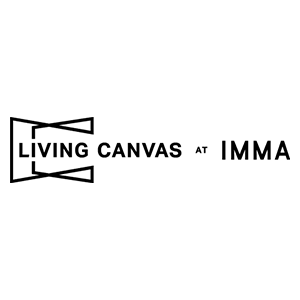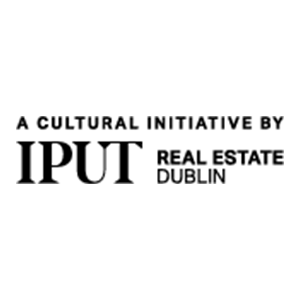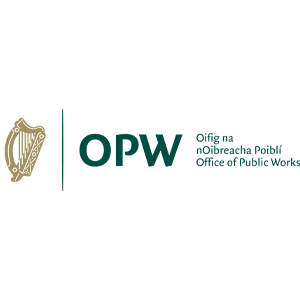The Kite Ballet, 2024 by Thaís Muniz and The City Beneath Me, 2025, by Charlie Dineen, are screened as part of Living Canvas at IMMA to link with themes of two other major programme strands at the museum running in September; the group exhibition Staying with the Trouble (until 21 September 2025) and Earth Rising, the festival of art and ecology based around ideas within the exhibition (12 – 14 September). The exhibition and festival are inspired by author and philosopher Donna Haraway’s seminal work of the same name, Staying with the Trouble, and feature contemporary Irish and Ireland-based artists whose diverse practices explore urgent themes of our time. Muniz and Dineen’s works in particular focus on land and land use in relation to ancient sacred sites of pilgrimage, collective rites and ritual, past or present day, from the Itapuã area in Salvador, Brazil, to the The Paps of Anú in Kerry, Ireland.
About the films
Thaís Muniz, The Kite Ballet, 2024, 11:47minutes
The Kite Ballet intertwines poetic and mythical elements with political, historical, and symbolic themes. The film portrays a group of local kite runners in their weekly communal ritual, highlighting the threat of private development and ecological displacement to another Afro-Indigenous sacred territory, where joy and spiritual practices have thrived for centuries. The film advocates for play and negotiation with nature as revolutionary acts, amplifying the voices of local activists from the Itapuã area in Salvador, Brazil.
A film by Thaís Muniz Featuring the kite runners: Bruno Hilário, Eduardo Nogueira, Igor Picolé, Jean Santana, Jonas Muzenza, Larissa Ferreira, Natalie Rosa and Vitória Jesus.
About the artist
Thaís Muniz is a Brazilian-Irish visual artist working across multiple mediums to explore the intersections of inherited and acquired identities, memory, transit, and inward love. Her community-oriented practice unfolds through intimate, collective learning processes, including workshops, performances, installations, sculptures, and film. Muniz’s work engages with the reimagination of realities through mechanisms of refusal, education, dreaming, and personal magic. She examines representations of ‘otherness’ through the experiences of global majority communities and displacement within postcolonial contexts, activating spaces and responding to the geopolitics of place. Her practice emerges from an urgent need to challenge the status quo, honouring identities and histories while building bridges and opening conversations across cultures and communities.
Charlie Dineen, The City Beneath Me, 2025, 2:56 minutes
For 7,000 years, at Bealtaine in May, pilgrims have walked the path from the holy well at The City in Shrone, Kerry, to the top of The Paps of Anú. The Anú mountain area was known as a fertility goddess revered by pre-Christian agricultural communities as the guardian of cattle and health. The mountains were venerated as the source of wellbeing for the surrounding land with prehistoric cairns on each of the summits and pilgrimages and ritualistic displays of devotion to her being held in springtime. The City Beneath Me reactivates these rituals on the Paps’ slopes. Dineen’s reimaginings are an honouring of lost traditions on the ancient sacred paths as well as a summoning of the spirits of his ancestors who permeate the thin air between worlds on this holy ground.
About the artist
Charlie Dineen is a Dublin-based artist and film maker working primarily with multiformat analogue photography and film. His work spans abstract and conceptual approaches, street photography, documentary, and self-portraiture. Central to his practice is a deep belief in the enduring magic of analogue processes and the creative possibilities that are carried through an unbroken chain of light in the darkroom. Dineen’s evolving film work is grounded in the same sensibility that defines his photographic practice and demonstrates a deep understanding of the medium. Layered sound and visuals are elegantly and emotively interwoven to create work that is atmospheric, resonant and distinctive.


